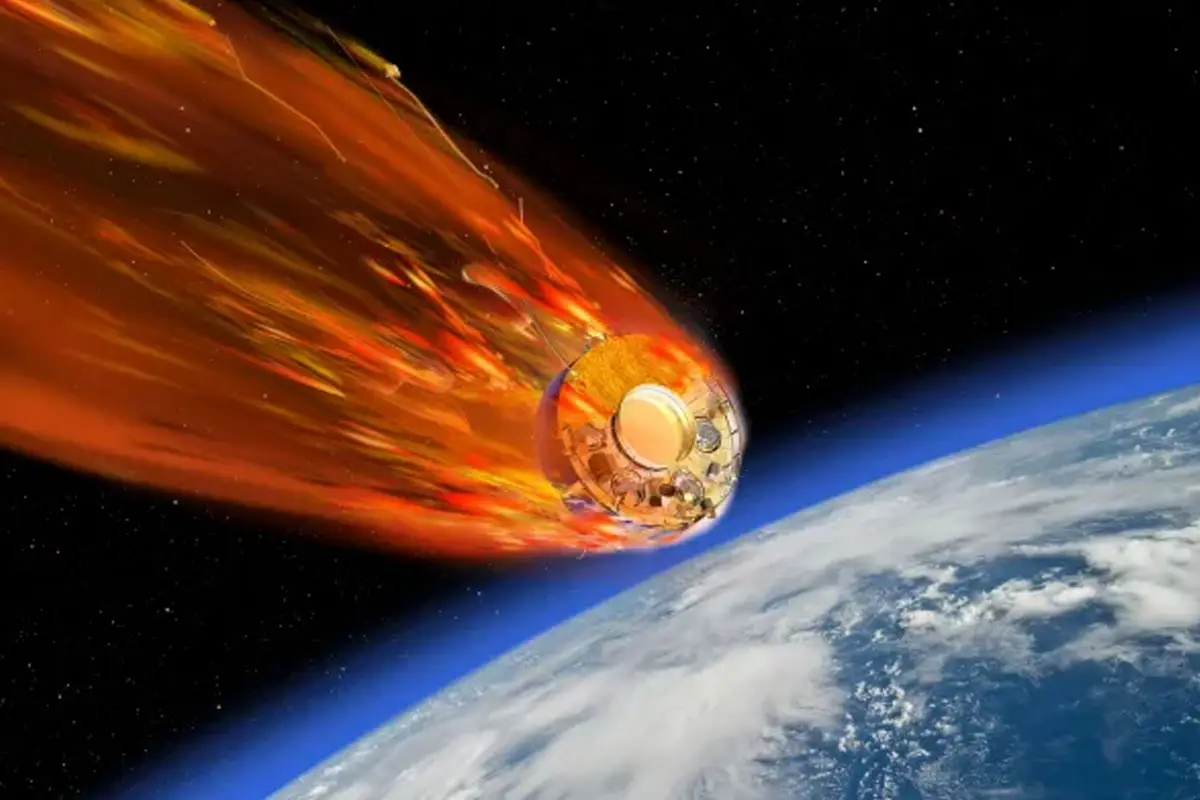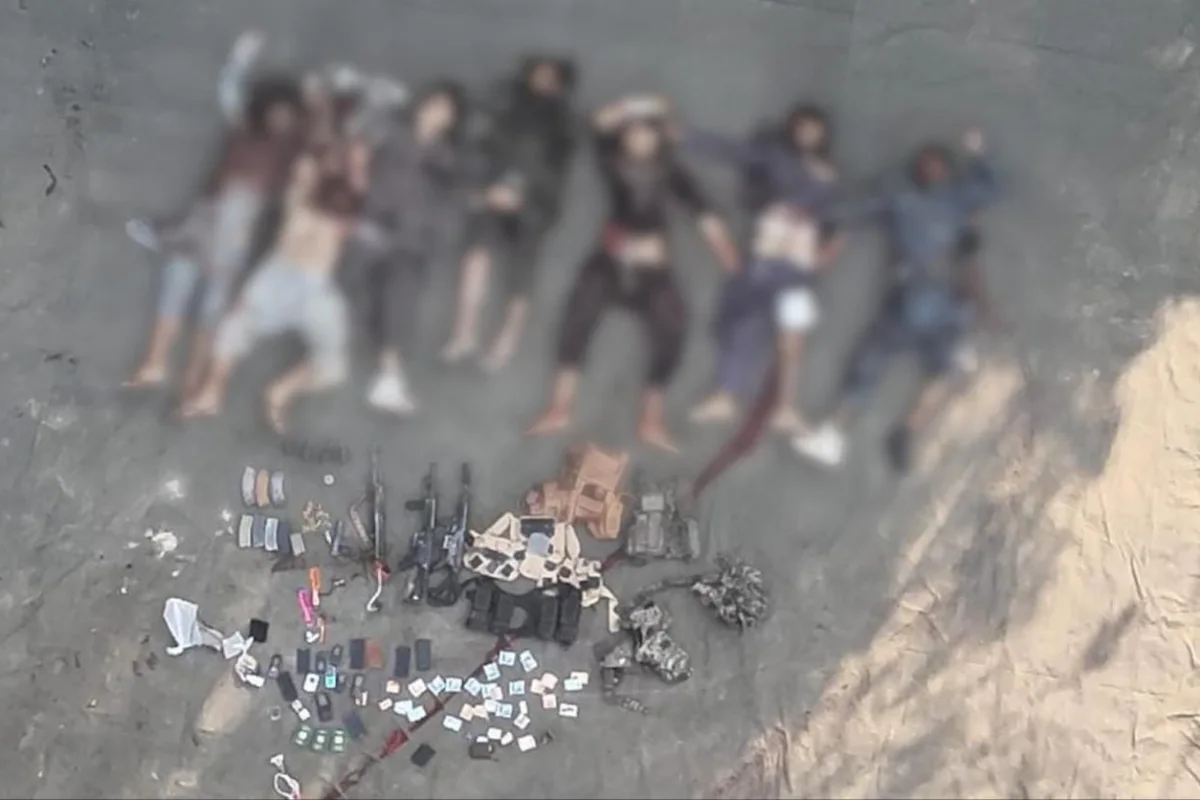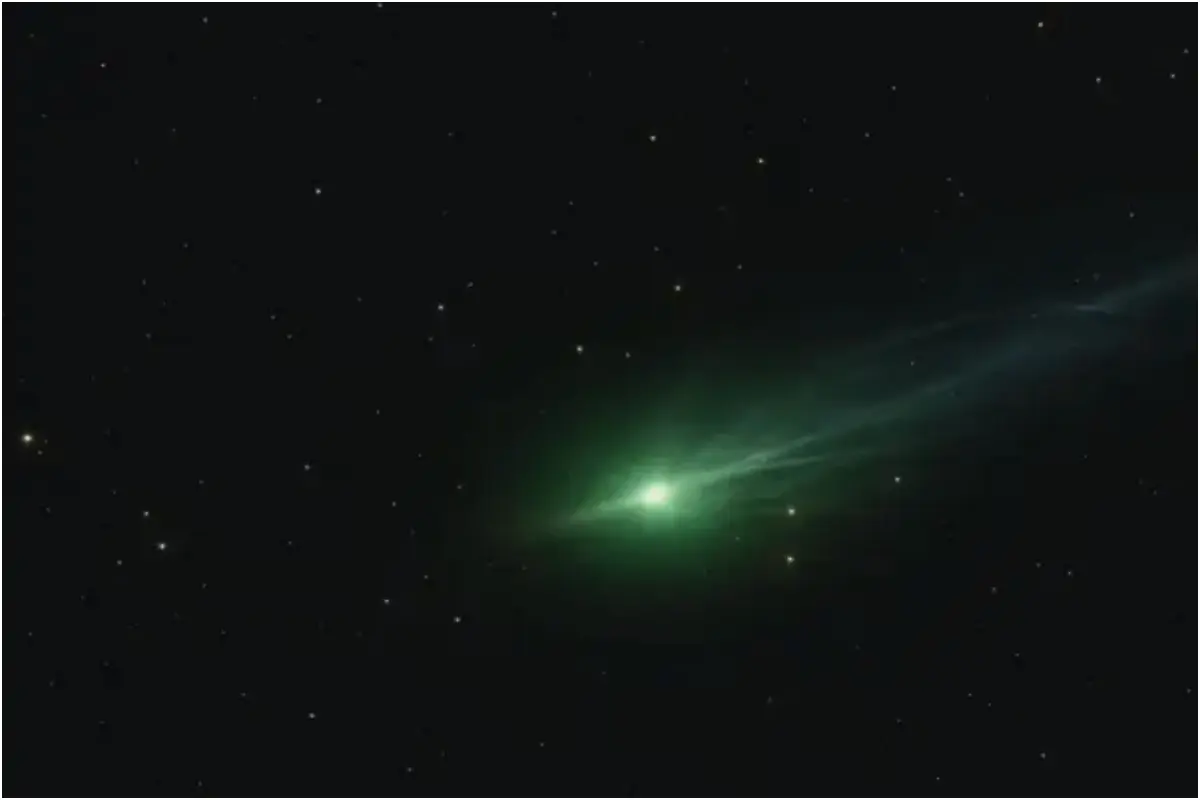Out-of-control Soviet Satellite set to crash into Earth today – but where will it hit?

The satellite could crash to the ground in the next few days (Picture: ESA/David Ducross/ SWNS)
A long-forgotten Soviet spacecraft launched in 1972 is now hurtling back toward Earth after spending more than five decades in orbit.
The Kosmos 482 Descent Craft, originally intended to land on Venus, is expected to re-enter Earth’s atmosphere sometime between May 8 and May 12, with the most likely re-entry window predicted for Saturday, May 10—though there’s a 20-hour margin of error.
What is Kosmos 482?
Kosmos 482 was part of the Soviet Union’s Venera program, aimed at studying Venus. While its sister probe Venera 8 reached the planet successfully, Kosmos 482 became stranded in Earth’s orbit after a launch failure. Its main body already re-entered the atmosphere in 1981, but the descent module—designed to survive Venus’s harsh conditions—remained in orbit.
Will It Survive Re-Entry?
Experts, including space situational awareness lecturer Marco Langbroek, believe there’s a real chance the descent craft could survive atmospheric re-entry. Built to endure the pressures and heat of Venus, its robust design makes it more durable than ordinary satellites. However, its parachute system may no longer function after 53 years in orbit, increasing the risk of a hard impact.
Langbroek estimates that if it survives re-entry, the craft could hit the ground at speeds of 65–70 meters per second (about 150 mph)—comparable to a small meteorite strike.
Potential Crash Zone
The predicted impact zone is massive, covering a wide swath of the planet between 52° north and 52° south latitude. That includes:
-
All of Africa, Australia, South America, and most of Asia
-
Large parts of Europe and North America
-
Vast sections of ocean, making a populated area impact less likely
A graphic by Metro shows a wide red zone indicating possible impact locations, emphasizing just how uncertain the landing point remains.
Risk Level: Low but Real
While the odds of the Kosmos 482 crashing into a populated area are very slim, experts caution that the risk is not zero. The spacecraft weighs just under 500kg (1,100 lbs) and is about 1 meter wide, making it large enough to cause damage if it lands in an urban setting.
Satellite Re-Entry: How Common Is It?
The European Space Agency tracks around 35,000 pieces of space debris over 10cm in size, and in 2021 alone, about 160 large objects made uncontrolled re-entries. Most burn up or splash down in the ocean.
However, concerns about space debris are growing. A 2023 FAA report warned that by 2035, with more satellites being launched, re-entries could rise to 28,000 per year, potentially causing injury or death every two years if trends continue.
Kosmos 482 Live Tracking
As of the last report, Kosmos 482 was orbiting near the Crozet Islands, southeast of South Africa. You can follow its movements in real-time via satellite tracking websites to see where it might fall.
Catch all the Trending News, Breaking News Event and Trending News Updates on GTV News
Join Our Whatsapp Channel GTV Whatsapp Official Channel to get the Daily News Update & Follow us on Google News.














